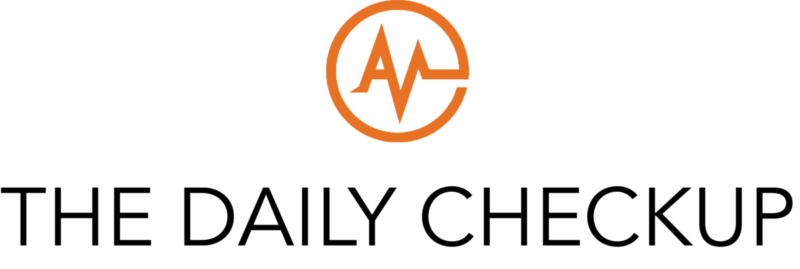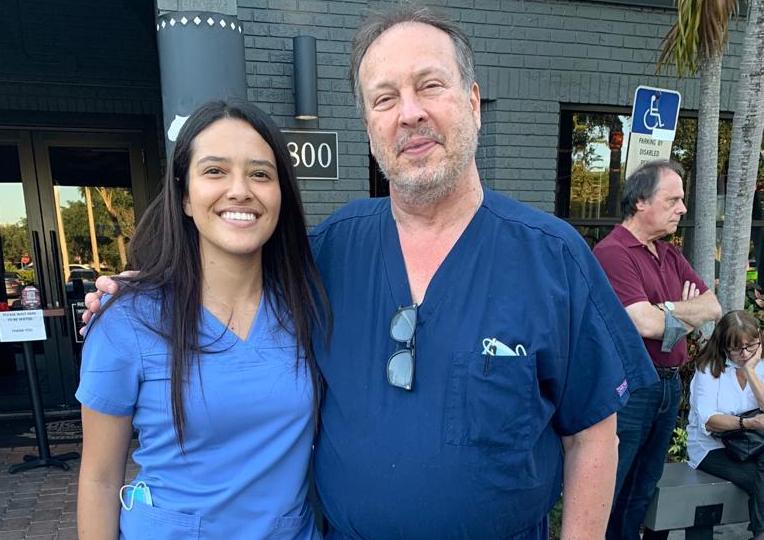As the healthcare industry celebrates Nurse Practitioners this week, we at AMO want to take the time recognize the vital role nurses play in the healthcare industry. However, more than recognizing the obstacles the nursing field faces amidst worker shortages and burnout, we’re taking actions to help nurses, clinical sites, hospitals, and nursing schools meet their nursing education goals and develop their workforce pipelines.
This included adding Hayley Conner, MSN, RN, to the AMO team as our Nursing Partnerships Education Specialist.
Read our Q&A with Hayley below to learn more about her background, how she’s supporting nursing education in her new role, and her ideas for the future.
Could you introduce yourself and a little bit about your background?
I’m Hayley Conner, a registered nurse. I earned my Associates degree in nursing from Kent State University, where I also furthered my education with a BSN. Following this, I pursued a master’s in nursing education from Western Governors University. My diverse healthcare experience initially started off as a staff nurse including roles in adult health, the operating room, behavioral health, and geriatrics.
Progressing into leadership positions, my passion for teaching led me to become an educator and I began teaching both LPN and RN students. Following my teaching experience, I transitioned into a business development role within nursing education.
I chose a career in nursing to provide support during individuals’ most challenging moments. Becoming a nurse stands out as one of my most cherished achievements.
What is the main focus of your work with AMOpportunities?
At AMO, my primary objective is to cultivate relationships with nursing schools and clinical sites to facilitate optimal matches for nursing students, ensuring they have access to high-quality clinical rotations. By expanding the pool of available clinical sites, we aim to address the nursing shortage, ultimately enhancing patient safety and the well-being of fellow nurses.
What is the most exciting part of your job?
The most rewarding aspect of my job is creating a high-quality educational environment for nursing students, fostering confidence, and providing a diverse educational experience that they can apply in their future careers.
What do you enjoy doing outside of work?
I enjoy reading and engaging in outdoor activities such as hiking and walking.
What is the best advice you were ever given?
One of the most valuable pieces of advice given to me is to remember the importance of empathy and compassion. This advice emphasizes the significance of understanding and connecting with patients on a personal level, recognizing the human aspect of healthcare. By approaching each patient with empathy, actively listening to their concerns, and offering compassionate care, nurses can significantly impact the overall patient experience and contribute to positive health outcomes.
What are some barriers you see facing the nursing world–whether its something that students face in their training or programs face in graduating their students into the workforce?
A significant obstacle that is widely acknowledged is the shortage of nurses. Numerous areas experience a deficit of nursing professionals, influencing the caliber and accessibility of healthcare services. This shortage doesn’t just impact patients; it also affects the well-being of the nurses themselves. The demanding nature of nursing can contribute to burnout, impacting both students undergoing training and professionals in the workforce.
With worker shortages increasing, what opportunities do you see for Nurses in the future of U.S. healthcare?
In the context of the current worker shortage, nurses find themselves shouldering an excessive workload due to the absence of additional staffing. Recognizing this challenge, I envision an opportunity to generate more healthcare jobs.
Through collaborations with companies like AMO, we can augment the clinical capacity of nursing schools, enabling them to admit a greater number of qualified nursing students. Partnering with AMO also allows us to expand workforce pipelines by seamlessly connecting both undergraduate and graduate nursing students to various clinical sites.
Interested in learning more about how AMO can support practicum training capacity at your clinic or site availability for your students? Connect with our nursing team to get started by emailing nursing@amopportunities.org







Leave A Comment